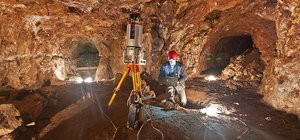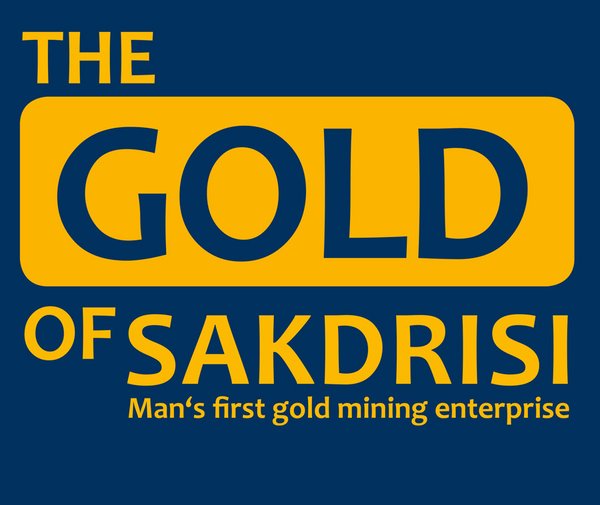17. BIS 19. Juni 2016
International Conference | 17th-19th 2016 in Tbilisi
On salt, copper and gold
The origins of early mining and metallurgy in the Caucasus

On June, 17th-19th 2016 the colloquium “On salt, copper, and gold : the origins of early mining and metallurgy in the Caucasus” will take place in Tbilisi. It is the goal to discuss social, economic and political implications in the Caucasus and beyond during the 5th and 4th millennia BCE.
In the Caucasus, as in Europe and the Near East, the 5th and 4th millennia BCE are characterized by technological innovations that are seemingly linked with marked societal changes: the rise of mining industries, the development of extractive metallurgy and secondary animal-products appear to be coeval with the emergence of social hierarchy and increasing inequalities. But the processes that led to such spectacular evolutions, as well as the actual interactions between technology, innovations and socio-economic reorganization, are still a matter of debate.
In the Caucasus, recent discoveries made both in Azerbaijan and Georgia suggest that extractive metallurgy had reached a high stage of development by the end of the 5th millennium BCE, while the earliest mines known to date, the gold mine of Sakdrissi in Georgia and the salt mine of Duzdagi in Azerbaijan, appear to be closely linked to the Kura-Araxes phenomenon. Traces of intensive exploitation during the Kura-Araxes period are indeed attested on the mine works themselves, while numerous implements used in gold processing or salt extracting have been found respectively on the settlements of Dzezvebi and Kültepe 1, just a few kilometers away from the mines. A number of clues thus suggest that Kura-Araxes communities had a major role in the development of mining in the Caucasus, but their share in the actual development of metallurgy is not yet as clear.
Since the number of studies focused on these issues has greatly risen over the past ten years in the Caucasus and beyond, the time has come to assess the available data with a view to grasping the processes that led to the emergence of new products and production systems. We then need to discuss their social, economic and even political implications in the Caucasus and beyond.
This event is organized in Tbilisi by the joint French-German MINES project, under the auspices of the Georgian National Museum.
As a side-event to this colloquium, an exhibition presenting the results of the Sakdrissi Project will be presented at the Georgian National Museum:
The gold of Sakdrissi: Man's first gold mining enterprise

The exhibition will show the results of a 12 year’s joint Georgian-Georgian expedition in Sakdrisi and the surrounding landscapes. Highlights are findings and results from the excavations in the oldest known gold mine in the world. Films, fotos and objects will guide the visitors through various aspects of the mining technique but also of the social background. Therefore also the results and findings of the settlement Dzedzvebi will be shown, from graves, settlements, workshops as well as of the gold-trade. Burials and ritual activities were closely interlinked with the gold-mining job once: Our burials show the very early beginning of social distinction between members within the society. With the gold mining social inequality has been raised for the first time on big scale in the Caucasus: Therefore the newly excavated finds of the rich kurgan grave of Ananauri als will be on display.